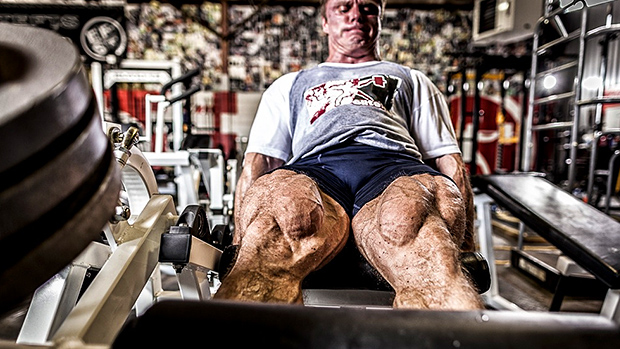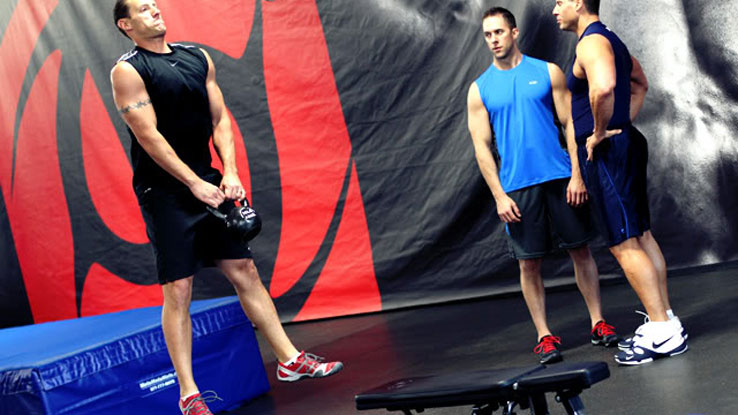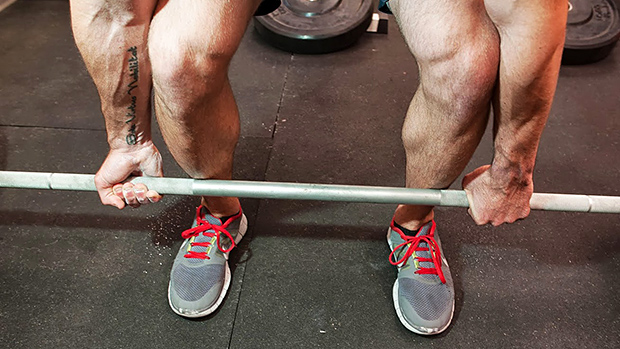As long as I can remember, the rule has been that you can't work the same body parts two or more days in a row. The muscles just wouldn't recover. At worst, they'd rebel against such insult and shrink.
A 48-hour post-workout recovery window came to be regarded as some sort of immutable barrier, like how they used to say that no one would ever fly faster than the speed of sound, or how no one would ever break a four-minute mile.
Both of the latter proved to be relatively easy barriers to break, but the former barrier is still with us... maybe. Some scientists from Singapore decided to look into the matter and what they found might require all of us to possibly rethink our ideas about exercise recovery.
What They Did
The scientists rounded up 30 young (between 21 and 35 years old), healthy, recreationally active men and split them into two workout groups:
- The first group performed resistance training three days a week for 12 weeks, but all three workout days were on consecutive days (24 hours between workouts).
- The second group performed resistance training three days a week for 12 weeks, but the three workout days were on non-consecutive days (48 to 72 hours between workouts).
Both groups performed three sets of 10 reps at their 10-rep max of the following exercises:
- Leg press
- Lat pulldown
- Leg curl
- Shoulder press
- Leg extension
The researchers kept the sets, reps, and relative intensity constant while adjusting the load as the weeks progressed. Their goal was to see how the two different training protocols affected strength, body composition, and red blood cell parameters (as red blood cell status can tell you a lot about recovery).
What They Found
There was no difference in strength gains or lean mass between the two groups. Every participant improved his 10RM in all five exercises and all gained lean body mass. Neither did red blood cell status differ between the two groups – indicating that 24 hours worked just fine, thank you, as far as recovery.
The results also showed that recovery requirement between lower body exercises and upper body exercises were the same, as were recovery requirements between single and multi-joint exercises. (Both of these observations are at odds with what's commonly believed.)
The scientists had this to say about their results:
"There are no differential responses between consecutive and non-consecutive resistance training to recommend one over the other for young, healthy individuals.
"For these individuals who perform 2-3 consecutive days of resistance training per week, such as weekend warriors due to time constraints, they should not hold back for fear of inferior or detrimental adaptations if weekly volume and intensity are appropriate."
How to Use This Info
This study, if indeed its design and results are solid, has all kinds of implications for weight lifters. Most prominently, it might relieve us of the tyranny of the clock and calendar. Too often, our regularly scheduled workouts are mucked up because of appointments or obligations.
For instance, maybe Wednesday was going to be damn dentist day instead of a workout day, but with the findings of this study, Tuesday could instead be the workout day, even though it follows Monday's workout by only 24 hours.
Or, it could make the weekend warrior, Friday, Saturday, and Sunday workout a perfectly acceptable and effective alternative to working out during the work week.
One has to wonder, though, if these results would hold true for guys who've been training for years using advanced and brutal workouts. Would they too make the same progress if they worked out on two or three consecutive days instead of using 48 to 72-hour rest periods?
Maybe not, but it'd be easy to find out. All they'd have to do is try working the same body parts or doing the same routine two or three days in a row. If progress continues at the expected rate, they've got themselves at least a partial answer, one they could build on with further experimentation.
Source
- Yifan Yang, et al. "Effects of Consecutive Versus Non-consecutive Days of Resistance Training on Strength, Body Composition, and Red Blood Cells," Front. Physiol., 18 June 2018.





